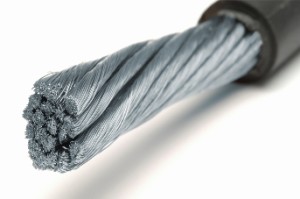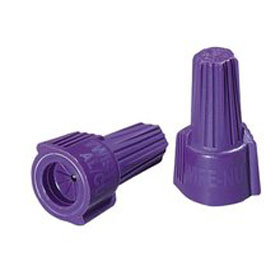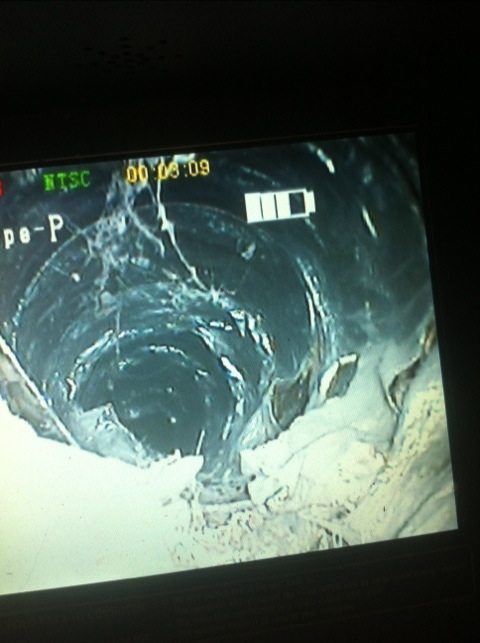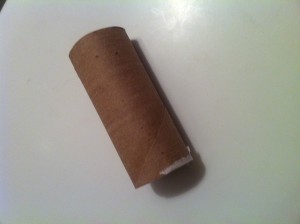Here is some good information on Aluminum wiring in your home provided to me by Levi Carrejo at Duke City Home inspectors
As much as you may have heard about the problems with aluminum wiring in homes, aluminum has never really been the problem. In fact, it is still being used today on larger circuits that don’t require as many terminations to various devices. Many electrical contractors still use aluminum for feeders to panels and large appliances such as electric furnaces, and engineers still specify aluminum wiring on large feeders and branch circuits in buildings. These circuits are commonly terminated in disconnects and electrical panels with lugs that are rated and suitable for aluminum wiring. However, it is not commonly used on the smaller branch circuits any more because of the problem is the termination of aluminum. It has to be terminated with lugs, crimp sleeves, screw terminals, and other devices that are made of materials that are compatible with aluminum and it must be treated with an oxide inhibitor that is intended for aluminum wiring. Ah ha! There we find the problem. Some of the devices that were installed in most of the homes with aluminum wiring were rated only for copper and are not compatible with aluminum due to the composition of the screws and terminals. In short, the metal on the screw terminals could cause oxidation, heating, expansion, and contraction, which made the terminals become loose on the receptacles and switches. That is primarily because aluminum expands and contracts at a different rate than copper, and the switches and receptacles were designed for copper’s rate of expansion and contraction.
You may ask, are there any solutions for aluminum wiring? Yes, there are a few solutions to consider. You basically have three options to correct the issue with the aluminum wiring:
1.You could employ a method called “Pig tailing” which involved adding a short piece of copper wiring on to the aluminum wiring with an approved, but expensive, special purple wire nut that contains an oxide inhibitor and terminate the short piece of copper on to the receptacle or switch. This “pig tailing” can also be done with an approved crimp sleeve, but our experience has led us away from that method for a number of reasons.
2.Another solution was to remove all of the switches and receptacles in the residence and replace them with Co/Alr receptacles and switches which was equally expensive to do.
3.You could completely rewire the home. This option is by far the most expensive and intrusive resolution but not always necessary.
Request for more info
If you would like more info please fill out this form and we will get in touch with you shortly. In the "comments below please enter the subject you want more info on. Thanks for your time!








